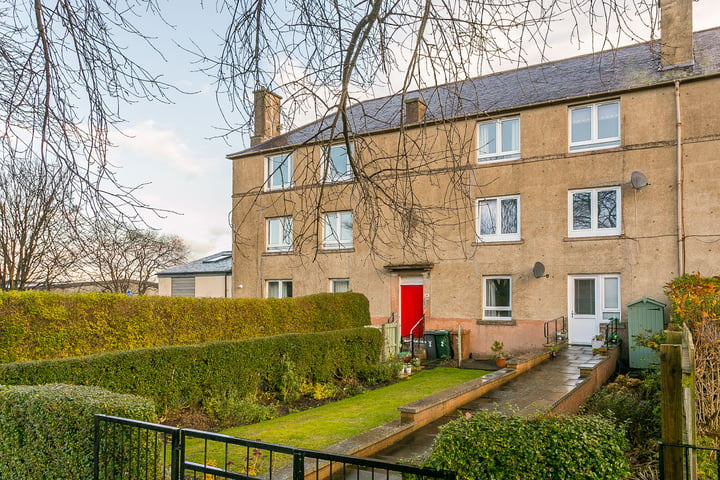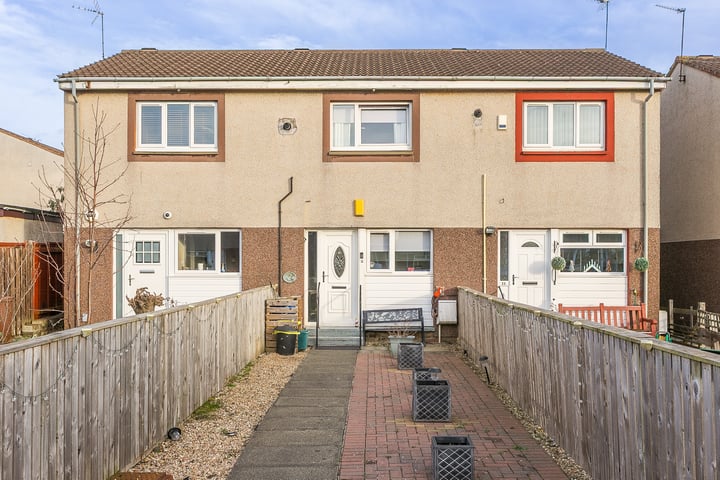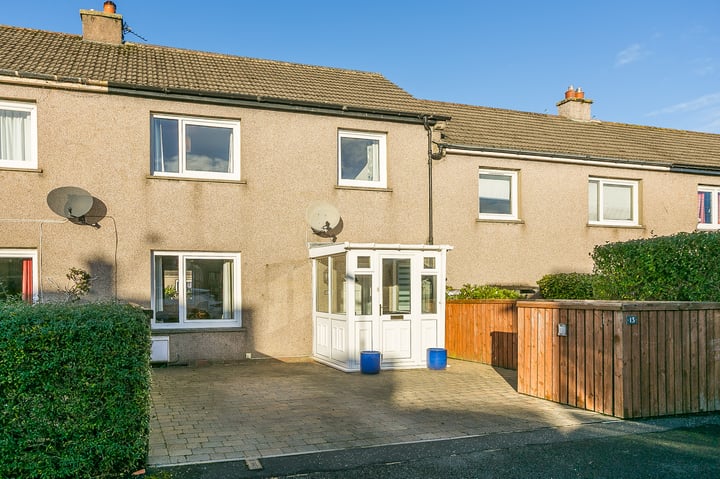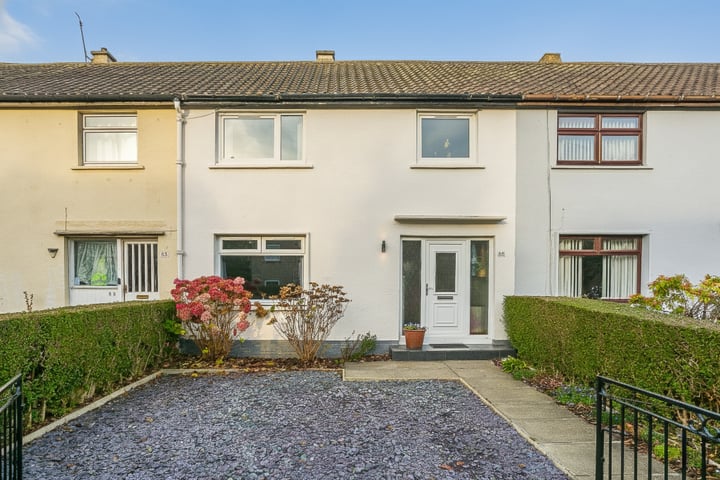It seemed that Spring had sprung. Then it appeared that Winter had bullied Spring back into its box. Gardeners shed a tear. As people living in Scotland, we get used to this kind of weather-related uncertainty. Over the last few years, we’ve also got used to property-related uncertainty. However, this month it appears that the Press and our own stats are unanimously certain about one thing: the property market is recovering. To find out more about how we know this, why you can have more confidence in the market and the patterns that we have been seeing in the market in the past month, read on!
Round-up of Property News for March 2014
Budget 2014 – Effect on the Property Market
The Budget that was delivered in March 2014 by George Osborne didn’t contain huge provisions that would directly affect the property market. The biggest change was to reduce from £2 million to £500,000 the threshold where a limited company pays Stamp Duty at 15% of the purchase price. This isn’t likely to affect too many of our readers. It was also announced that the shared-equity part of the Right to Buy scheme will be extended until 2020 with rumblings that it might also be extended to the self-build sector.
Perhaps more significant than directly property-related news was the generally positive nature of the figures that were released. The Office for Budget Responsibility (OBR) revised its economic growth forecast for 2014 from 2.4% to 2.7%. For future years, this reads 2.3% for 2015, 2.6% for 2016 and 2017 and 2.5% for 2018. The Budget deficit is predicted to disappear by 2018/19 if current economic trends continue and the OBR expects 1.5 million new jobs to be created over the next 5 years.
Whilst the government of course always gets its money from somewhere (death and taxes being the only things we can apparently be certain of in life), the changes to the income tax thresholds announced in the Budget should also help to leave more money in the hands of the average earner in the UK and in particular in Scotland which can only help with consumer confidence levels, something that should help the property market too.
Whilst these are of course predictions and not cast-iron guarantees, they are hugely positive and likely to breed confidence. That confidence allows people to make decisions, particularly long-term decisions such as buying a house or moving home.
Concern as House Prices Rise at Highest Level for Years
http://www.theguardian.com/business/2014/mar/20/house-price-inflation-lib-dem-alarm-obr
With house prices rising across the UK at a level approaching 9%, concerns were raised about the sustainability of these rises.
First, for what it is worth, these figures are skewed massively by what is happening in the South East of England and the market simply is not the same in Scotland. Second, if we are seeing rises in Edinburgh, the Lothians and Fife (where we currently sell the majority of our clients’ properties), it is more down to a lack of supply of new properties coming to the market versus the current demand and this will probably level-off significantly when sellers have the confidence to put their properties on the market in greater numbers (more on that later).
I have long said that I had fears about the impact of Help to Buy distorting the market and artificially raising prices: the last thing anyone (well, apart from speculators or anyone with a short-term view…could a cynic suggest that this could include a government trying to get rid of a deficit on the back of a boom in Stamp Duty revenue, perhaps?) wants to see if an uncontrollable boom or ‘bubble’ again. It’s a concern that I still have but it should be noted that, particularly in Scotland, there are factors at play here that go far beyond Help to Buy and, as the market develops and confidence returns, these should start to remedy themselves.
Oxford the Least Affordable Place to Live in the UK, Stirling the Most Affordable
A survey was released this month about the affordability of property in the UK, based on the average house price in the area versus the average salary. Glasgow managed to creep into the Top 10 most affordable places, with the average property being 4.51 times the average salary. Scotland’s very own Stirling managed to top the list, with the average property being 3.3 times the average salary.
Pity the folk of Oxford though where the average property is more than 11 times the cost of the average annual salary. Encouragingly, Edinburgh did not make it into the Top 20 of the least affordable places.
The survey does highlight the effect of rising prices which, whilst wages rise far less quickly, are in theory becoming less affordable as time goes on. Or course, as interest rates and mortgage rates continue to stay low and availability of mortgages with smaller deposits improves, the real-life affordability of property for the vast majority of people who need a mortgage to buy a property actually makes buying more affordable. But that doesn’t make quite such a good headline…
What Are We Seeing Happening in the Market? Prices, Sales and Closing Dates Up. Listings and Seller Confidence, Oddly, Down.
Why are prices going up? Why are we seeing way, way more closing dates? And why are properties that have not had a sniff of interest for over a year suddenly selling for the full asking price?
In a word: supply. More specifically, lack of supply.
We have, thus far in 2014, agreed sales on 240 properties. By contrast, we have signed-up 195 to go on the market (‘new listings’) and, of course, not all of them have even hit the market yet. March 2014 has been the seventh month in a row where we have agreed sales on more properties than we have put on the market. I am not saying this as a boast: it’s actually something that concerns me slightly, looking to the longer term.
Is it sustainable to be selling more properties than we are putting on the market? The answer is, in my opinion, ‘no’. Did we even see this type of ratio of sales to new properties coming on the market at the height of the property boom in 2007? The answer also is ‘no’.
So, why is so much more selling than is hitting the market? It basically comes down to confidence.
It seems that buyer confidence has returned before seller confidence. Perhaps because those buyers have a more tangible and immediate sign that the market has improved: they are approved for a mortgage that they could not get 6 months ago. For potential sellers, however, it’s perhaps a slower learning curve: ultimately, the only concrete proof that you have that the market for YOUR property has improved is when it’s actually sold! So, as a potential seller, it is going to require more of a leap of faith to believe that it’s worth incurring the not-inconsiderable expense of putting your property on the market confident in the knowledge that it should sell.
The effect in the meantime, though, is a feeding-frenzy for properties that, only a few months ago, would have attracted little interest. That is pushing prices up and certainly rewarding people who have the faith to put their property on the market now.
We can only ask sellers to look at the statistics and make up their own minds. They only need to look around them and see the number of SOLD signs on For Sale Boards to realise how much the market has improved. But it’s perhaps a slow burner that we just have to accept and hope that this faith will be restored and a little equilibrium brought back to the market in due course.






Leave a Reply